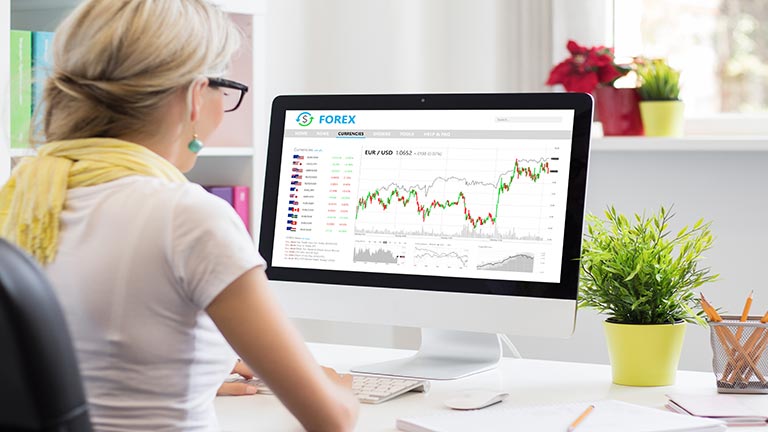The Role of Margin in Leverage Trading

By Dale Gillham
Leverage trading is a powerful tool in a trader's arsenal that offers the potential for significant gains. However, with great power comes great responsibility, and understanding the role of margin in leverage trading is crucial for anyone looking to venture into this high-stakes arena. In this article, we'll break down the concept of margin, its importance in leverage trading, and how to use it wisely to maximise your trading potential while managing risks.

Understanding margin: The basics
Margin is a deposit required to open and maintain a leveraged trading position. It acts as collateral to cover any potential losses during trading. When you trade on margin, you borrow money from your broker to increase your buying power, allowing you to control larger positions than your initial capital would permit.
For example, if you have $1,000 and your broker offers a 10:1 leverage, you can control a position worth $10,000. This amplified exposure can significantly enhance your potential returns. However, it also magnifies losses, making it essential to understand the mechanics and risks involved.
How margin works in practice
When you open a leveraged position, a portion of your account balance is set aside as the margin requirement. This is calculated based on the leverage ratio and the total value of the position. If the market moves against your position, the broker may issue a margin call, requiring you to deposit additional funds to maintain the position. Failure to meet a margin call can result in the broker closing your position to limit their risk.
For instance, if you open a position with a $10,000 value and a 10% margin requirement, you must have $1,000 in your account. The broker will ask for additional funds if the market moves against you and your account balance drops below the required margin. If you cannot provide these funds, your position will be liquidated.
The benefits of margin trading
- Increased Buying Power: Margin trading allows you to control larger positions with less capital, potentially leading to higher returns.
- Diversification: With more buying power, you can diversify your portfolio across different assets, reducing the overall risk.
- Flexibility: Leverage trading allows traders to take advantage of short-term market movements, making it ideal for day and swing traders.
The risks involved
- Amplified Losses: While leverage can enhance profits, it also magnifies losses. A small adverse market movement can result in significant losses, potentially exceeding your initial investment.
- Margin Calls: The risk of margin calls requires you to constantly monitor your positions and maintain sufficient funds in your account.
- Interest Costs: Borrowing funds to trade on margin incurs interest charges, which can add up over time and eat into your profits.
Managing risks in margin trading
- Set Stop-Loss Orders: Stop-loss orders automatically close your position at a predetermined price, helping to limit potential losses.
- Use Proper Leverage: Avoid using the maximum leverage offered by your broker. Instead, use a leverage ratio that aligns with your risk tolerance and trading strategy.
- Diversify Your Portfolio: Spread your investments across various assets to mitigate the risk of a single position significantly impacting your overall portfolio.
- Stay Informed: Monitor market news and trends to make informed trading decisions and adjust your strategy accordingly.
Mastering margin: Your key to successful leverage trading
Margin plays a pivotal role in leverage trading, allowing traders to control larger positions and potentially achieve higher returns. However, it's essential to understand the associated risks and implement robust risk management strategies to protect your capital. By using margin wisely and staying disciplined, you can harness the power of leverage to enhance your trading success while mitigating potential pitfalls.
Whether you're a seasoned trader or just starting, gaining a solid understanding of margin and leverage is crucial for navigating the complex trading world. Remember, the key to successful trading lies in balancing the pursuit of profits with prudent risk management.






